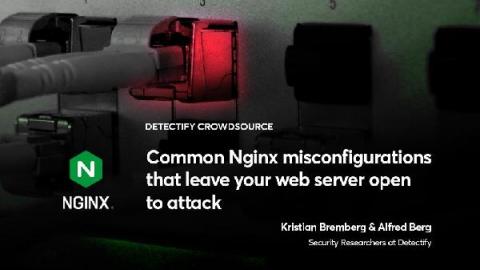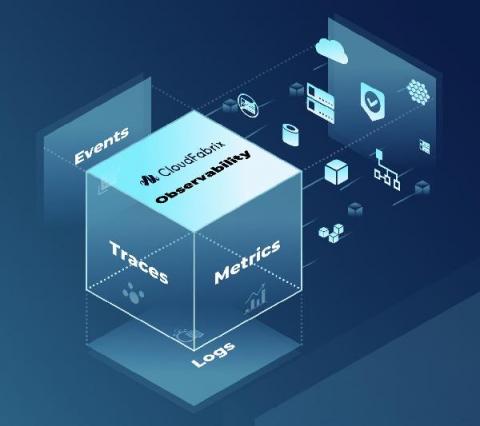Protecting remote endpoints
Although businesses have been tasked with addressing a number of remote assets associated with off-site resources such as a sales force that’s often mobile, the number of remote endpoints has grown exponentially. The laptops and mobile devices needed to facilitate working from home full-time for a large percentage of their workers given recent global events has exploded.











